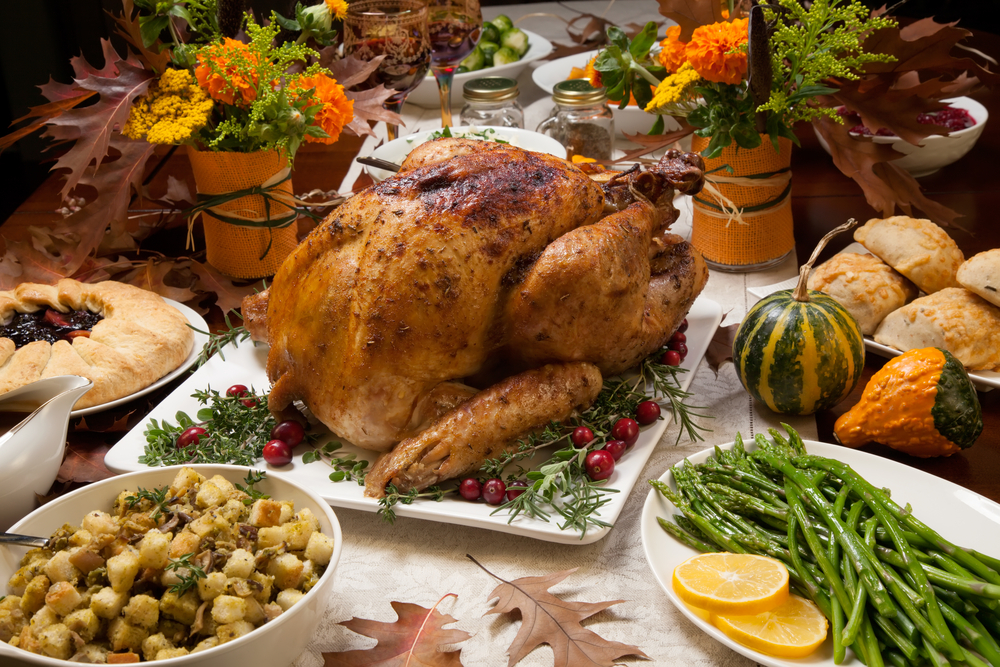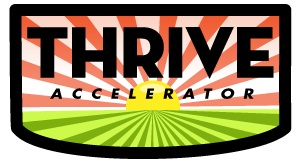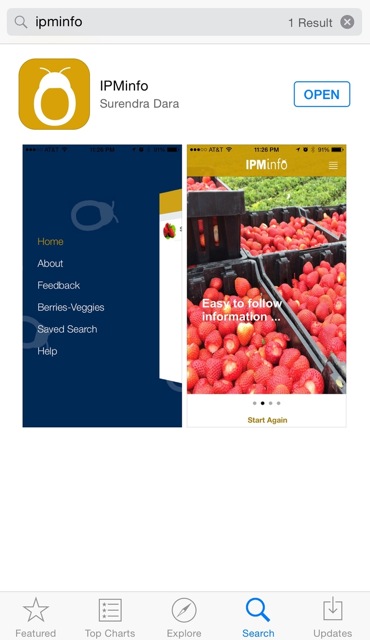Raspberries
Naturipe Farms Produces Berries for Global Consumers
Naturipe Farms is Leading Growers of Blueberries in the World
By Tim Hammerich, with the Ag Information Network of the West
Naturipe Farms is a brand most Americans have seen in the supermarket. What many may not realize is that the company is actually owned by growers. California Ag Today’s Patrick Cavanaugh recently spoke to Jill Overdorf, who is Naturipe’s Director of Business Development for Food Service & their Corporate Chef.
“Producing fresh berries since 1917, Naturipe Farms is unique to the produce industry with a partnership between four highly esteemed berry growers: Naturipe Berry Growers, MBG Marketing(Michigan Blueberry Growers), Hortifrut, and Munger Companies,” said Orverdorf.
Overdorff said Naturipe is the leading grower of blueberries in the world, second in strawberries, and also produce raspberries, blackberries, avocados, and cranberries.
“Our strawberry growers had a very challenging year, but they developed some great crops,” noted Overdorff. “We also have a good breeding program. Our blueberry growers, the Mungers, are the largest growers of blueberries in California. They had a phenomenal year, and they are branching out and are enormously innovative. They’re leading our value added program with their proprietary wash process, which enables 21 days on a fresh blueberry shelf life for a snack product,” explained Overdorff.
“Our blackberries and raspberries, we have a number of proprietary varieties, including the Centennial Raspberry and the Madeline Blackberry, both flavorful and non traditional berries because of their load seed count and they’re delicious flavor,” she said.





















